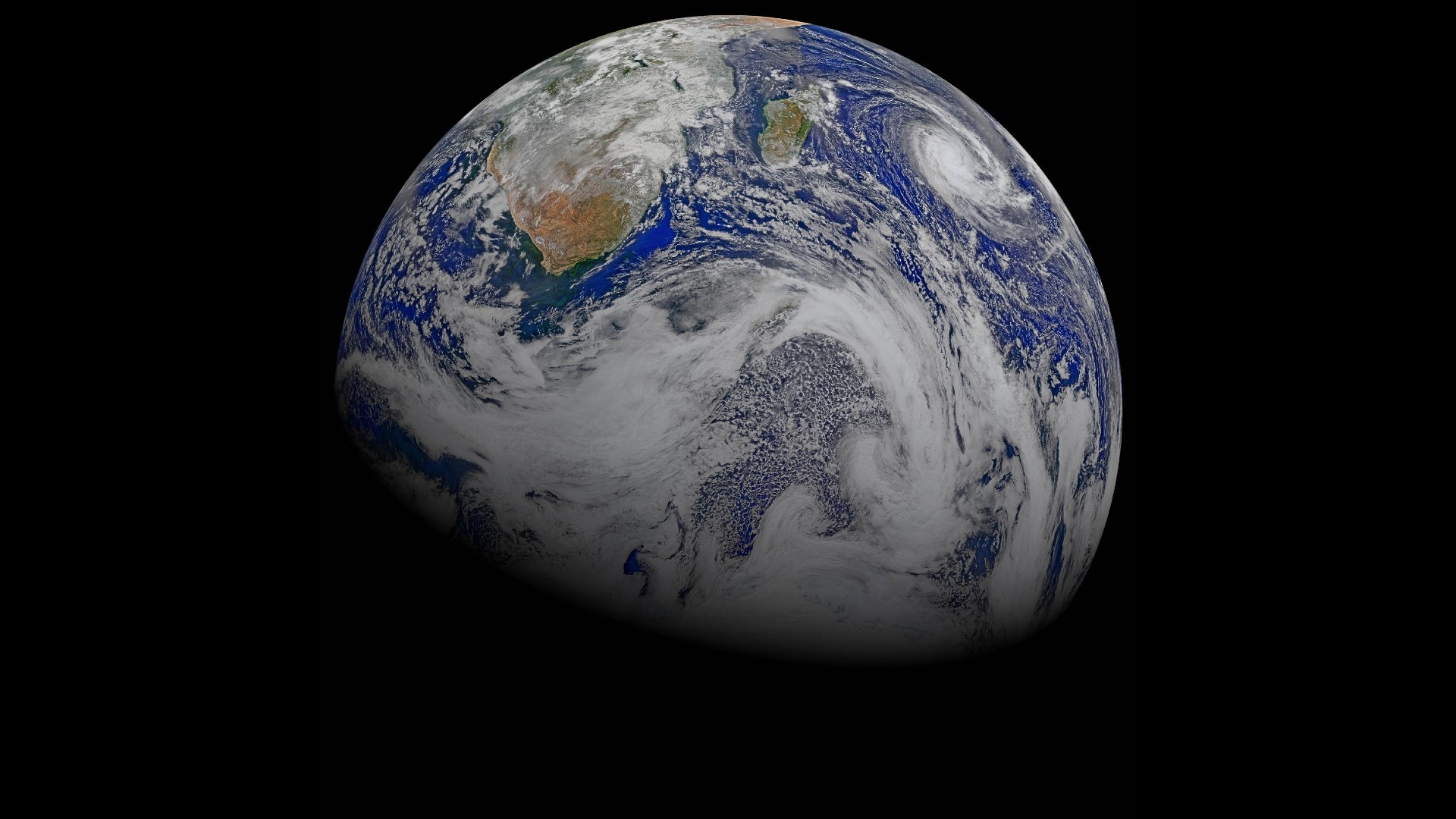Astronomers hunting asteroids with radar surpass 1,000th space rock detection
There's a lot to learn from the radar echo of space rocks.
The most powerful tool for scientists studying asteroids in the neighborhood around Earth is planetary radar, a technique astronomers have just used on their 1,001st asteroid to date.
Planetary radar consists of shooting a beam of radio light to a solar system object, then catching the photons that echo back to Earth. The technique can give scientists vital information about both the object itself — its size and shape, details on the surface — and about its movement through space. Scientists can use planetary radar to finetune the plan for an asteroid-sampling mission, for example, or to determine just how close a near-Earth asteroid will come to colliding with our planet.
Astronomers have been using planetary radar on asteroids since 1968, and in August, they notched observations of the 1,000th space rock to date using that technique, a massive boulder whizzing past Earth. Then, scientists snagged much more detailed observations of a much bigger asteroid for observation 1,001.
Related: Radar shows big asteroid 1998 OR2 tumbling in space (video)
More: The greatest asteroid encounters of all time!
First came a rock dubbed 2021 PJ1 that swung past Earth on Aug. 14, about 10 days after it was first spotted by astronomers using the Pan-STARRS facility in Haleakala, Hawaii, according to the International Astronomical Union's database of small solar system bodies. This space rock, scientists estimate, is only between 65 and 100 feet (20 and 30 meters) across, perhaps too small to survive traveling through Earth's atmosphere, according to NASA.
"2021 PJ1 is a small asteroid, so when it passed us at a distance of over a million miles [1.7 million kilometers], we couldn't obtain detailed radar imagery," Lance Benner, a radar expert at NASA's Jet Propulsion Laboratory (JPL) in California, said in a statement. "Yet even at that distance, planetary radar is powerful enough to detect it and measure its velocity to a very high precision, which improved our knowledge of its future motion substantially."
Then, it was time for a known object dubbed 2016 AJ193 to take the spotlight during observations that began Aug. 20 and concluded Aug. 24. This asteroid came no closer than 2.1 million miles (3.4 million km), but was much larger — about 0.75 miles (1.3 km) across, or 40 times the size of 2021 PJ1.
Related: Losing Arecibo's giant dish leaves humans more vulnerable to space rocks
Breaking space news, the latest updates on rocket launches, skywatching events and more!

The object's large size allowed radar scientists to detect a host of surface features, from hills to ridges to boulders. Scientists were particularly curious to study this object because its orbit more closely resembles that of an icy comet than that of a typical asteroid.
"It has a cometary orbit, which suggests that it may be an inactive comet," Shantanu Naidu, a scientist at JPL who led the observations, said in the statement. "But we knew little about it before this pass, other than its size and how much sunlight its surface reflects, so we planned this observing campaign years ago."
And it's a good thing scientists managed to catch 2016 AJ193 during its August pass: The asteroid won't swing by Earth again until February 2063, according to NASA's orbital data for the object.
The milestone came just over a year after the most powerful radar facility on the planet gathered its last data. The Arecibo Telescope in Puerto Rico, which gathered the majority of scientists' asteroid radar observations to date lost a cable supporting its heavy equipment platform in August 2020. The failure was the first of three that culminated in the platform crashing through the telescope's vast dish in December, marking the end of the observatory's tenure.
Instead, both sets of observations were gathered by a 70-meter (230-foot) dish at the Goldstone Deep Space Complex in California.
Email Meghan Bartels at mbartels@space.com or follow her on Twitter @meghanbartels. Follow us on Twitter @Spacedotcom and on Facebook.

Meghan is a senior writer at Space.com and has more than five years' experience as a science journalist based in New York City. She joined Space.com in July 2018, with previous writing published in outlets including Newsweek and Audubon. Meghan earned an MA in science journalism from New York University and a BA in classics from Georgetown University, and in her free time she enjoys reading and visiting museums. Follow her on Twitter at @meghanbartels.
